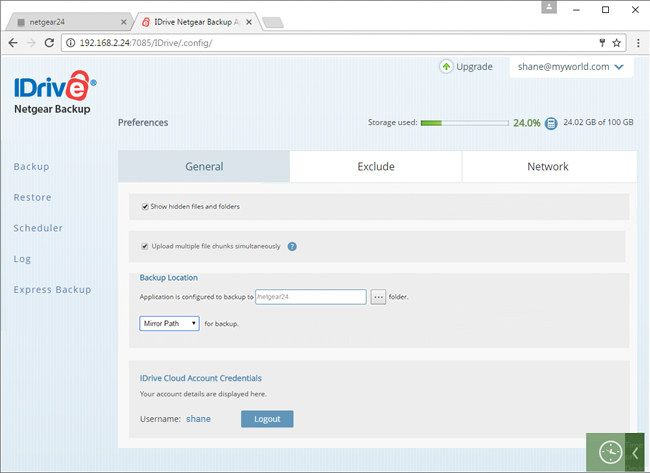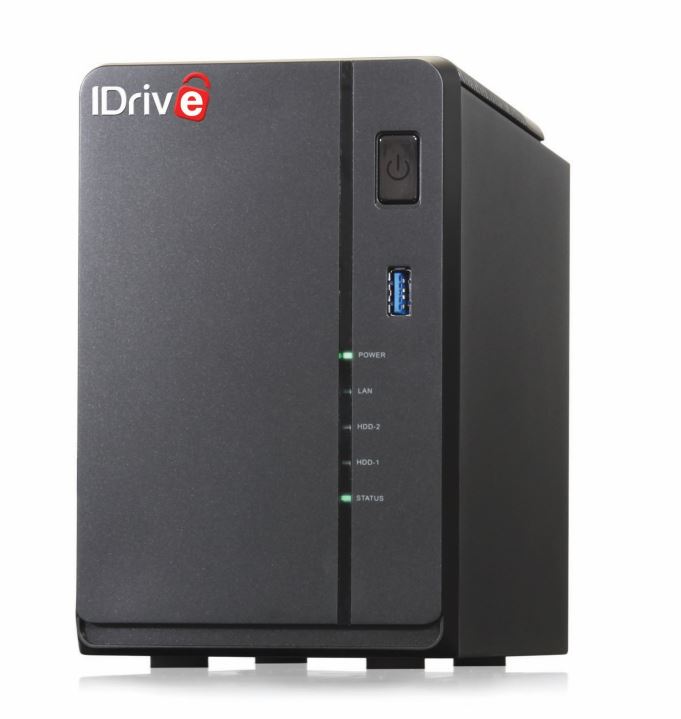


In our testing, file transfers were a little slow compared with some key rivals like Microsoft OneDrive and iCloud Drive.

We like the way that you can pick any file or folder from your computer and choose to upload them, and the way you can carry out one-off backups as well as keeping specific folders monitored, and overall the desktop applications and web interface are polished enough. It also now includes the ability to sync, Dropbox-style, providing a means to automatically secure new files without any extra user effort. (Image credit: Amazon) Amazon Drive interfaceĪs we've said, there are a few confusing aspects to Amazon Drive, not least that the software you download to your computer is called Amazon Photos – that suggests that it just deals with your photo library, but in fact the tool will secure any folder or file irrespective of type. It’s best to think of the service as a digital photo library, with the option to archive files in the Amazon Drive section of the cloud service. The inability to edit files online also presents its own limitations. Users looking to store documents in the cloud will be disappointed with the lack of file versioning - a feature of both Google Drive and Microsoft OneDrive. If you're going to make use of Amazon Drive, it's likely to be because of Amazon Photos (and we wouldn't be surprised if Amazon Drive gets phased out, eventually). Again, the focus seems to be on media backups.Īmazon Drive actually has a link to Amazon Photos right in the main navigation bar, and if you make the jump over you get a few extras: smarter search, photo editing, and more. Actually, you don't get many of the features offered by competing services – features like selective syncing, scheduled backups, or an online office suite you can use in your browser. There's not really any two-way syncing, file versioning, or complete backups for your devices.


 0 kommentar(er)
0 kommentar(er)
